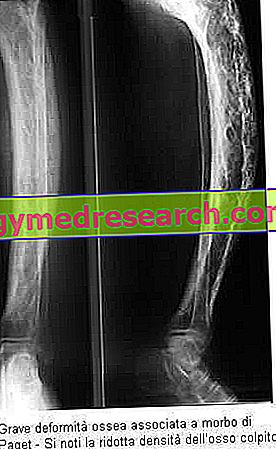
What is Pradaxa?
Pradaxa is a medicine that contains the active substance dabigatran etexilate. The medicine is available as capsules (75 mg and 110 mg).
What is Pradaxa used for?
Pradaxa is indicated for the prevention of the formation of blood clots in the veins of adult patients undergoing hip or knee replacement surgery.
The medicine can only be obtained with a prescription.
How is Pradaxa used?
Treatment with Pradaxa should be started by taking a 110 mg capsule one to four hours after the operation is completed. Therapy then continues with two 110 mg capsules (220 mg) once a day for 28 to 35 days following hip replacement and for 10 days following knee replacement. Treatment initiation should be delayed in patients whose operation site is still bleeding. If the treatment is not started on the day of surgery, you need to start with two capsules once a day. The capsules should be swallowed whole with water.
A lower dose (150 mg once a day) is used in patients with mild or moderate kidney problems, in patients over 75 years of age and in patients taking amiodarone (a medicine used to regulate the rhythm cardiac). Pradaxa should not be used in patients with severe kidney problems and is not recommended in patients with signs of existing liver problems. Pradaxa should be used with caution in patients at risk of bleeding or who may have high levels of the medicine in their blood, such as those with moderate kidney problems. Patients weighing less than 50 kg or more than 110 kg should be closely monitored for signs of bleeding or anemia (low red blood cells).
How does Pradaxa work?
Patients undergoing hip or knee replacement surgery are at high risk for blood clots to form in the veins. These clots, which include deep vein thrombosis, can be dangerous if they move to another part of the body, e.g. the lungs or the brain. The active substance in Pradaxa, dabigatran etexilate, is a "prodrug" of dabigatran. This means that it is converted into dabigatran in the body. Dabigatran is an anticoagulant, meaning it prevents blood from clotting by blocking a substance called thrombin. This substance is fundamental for the blood coagulation process, and consequently blocking it reduces the risk of blood clots forming in the veins.
What studies have been conducted on Pradaxa?
The effects of Pradaxa were first tested in experimental models before being studied in humans.
The efficacy of Pradaxa was tested in two main studies, both compared Pradaxa (220 or 150 mg a day) with enoxaparin (another anticoagulant). The first study included a total of 2 101 patients who underwent knee replacement surgery, the second included a total of 3 494 patients who underwent hip replacement surgery. In both studies, the main measure of effectiveness was the number of patients with blood clots in their veins or who died of any cause during the treatment period. In most cases, the formation of blood clots was detected with the use of diagnostic images of the veins or by looking for signs of blood clots in the lungs.
What benefit has Pradaxa shown during the studies?
In the two studies, Pradaxa demonstrated an efficacy equivalent to that of enoxaparin in preventing the formation of blood clots or the death of the patient. In the study of patients undergoing knee replacement, blood clots were detected in 182 (36%) of the 503 patients taking the 220 mg Pradaxa dose, compared with 192 (38%) of the 512 patients receiving enoxaparin. There was only one case of death in each group (less than 1%).
Following hip replacement, blood clots were detected in 50 (6%) of 880 patients taking Pradaxa 220 mg, compared with 60 (7%) of 897 patients receiving enoxaparin. Three patients in the Pradaxa group died (less than 1%) but two of these deaths did not depend on blood clots.
In both studies, the 220 mg dose showed a tendency to higher efficacy than the 150 mg dose.
What is the risk associated with Pradaxa?
The most common side effect of Pradaxa (seen in more than 1 patient in 10) is bleeding. For the full list of all side effects reported with Pradaxa, see the Package Leaflet.
Pradaxa should not be used in people who may be hypersensitive (allergic) to dabigatran etexilate or any of the other substances. It must not be used in patients with severe kidney problems, significant active bleeding, tissue damage that could lead to bleeding, problems with the blood clotting process (congenital, of unknown origin or due to other medicines) or liver problems that could put the patient's life at risk. Pradaxa must also not be used in patients taking quinidine (another medicine used to regulate the heart rhythm).
Why has Pradaxa been approved?
The Committee for Medicinal Products for Human Use (CHMP) decided that Pradaxa's benefits are greater than its risks for the primary prevention of venous thromboembolic events in adult patients who underwent total elective hip replacement surgery or surgery complete knee replacement. The Committee recommended that Pradaxa be given marketing authorization.
More information on Pradaxa:
On March 18, 2008, the European Commission issued a marketing authorization for Pradaxa, valid throughout the European Union, to Boehringer Ingelheim International GmbH.
The full EPAR for Pradaxa can be found here.
Last update of this summary: 02-2008.



